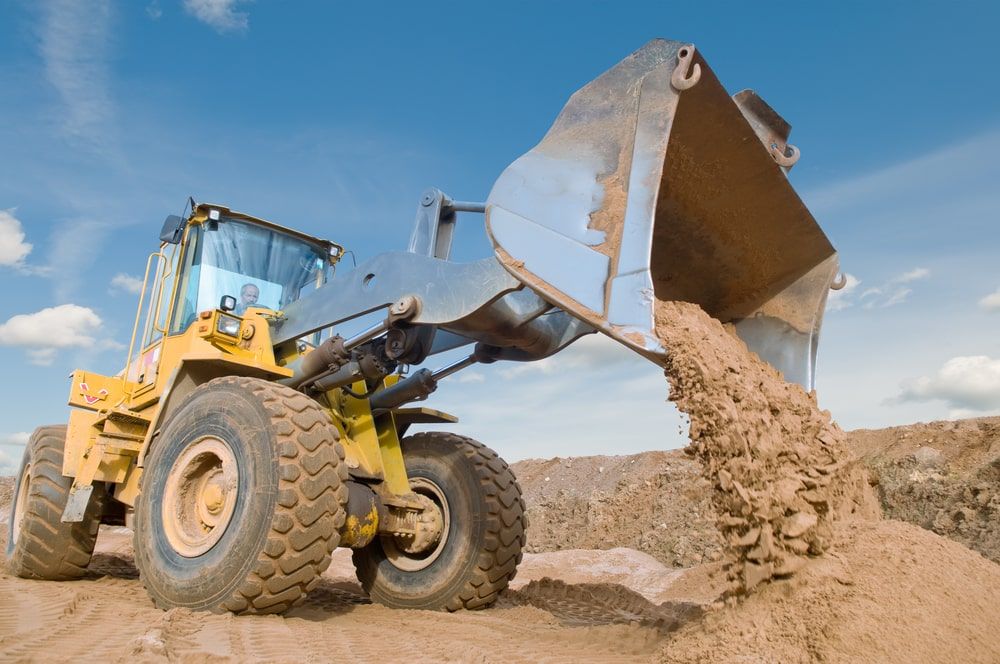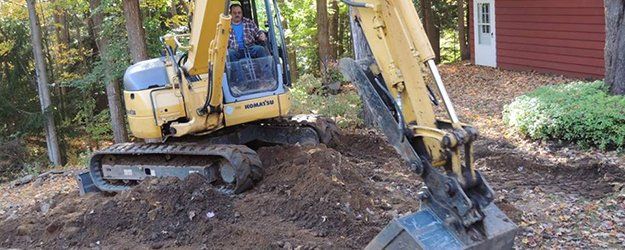In-Depth Exploration: The Scientific Research Behind Superior Excavation Practices
The realm of excavation practices is a domain name where science links with craftsmanship to discover the mysteries concealed under the earth's surface area. From old hand tools to modern hydraulic excavators, the development of excavation strategies has actually been a testimony to human resourcefulness and technical innovations. What really establishes premium excavation methods apart is a deep understanding of geological principles, paired with the usage of innovative tools and methodologies. By checking out the scientific research behind these methods, we can discover the keys that exist below our feet and appreciate the precision and knowledge that go right into every dig.
Development of Excavation Strategies
Throughout background, the evolution of excavation strategies has actually played a critical role beforehand building practices and archaeological explorations. From the primary tools utilized by our ancestors to the advanced machinery employed in contemporary times, the progression of excavation techniques has actually dramatically changed exactly how we approach numerous projects.
In old times, manual labor with fundamental devices such as pickaxes, shovels, and wheelbarrows was the main method of excavation. This labor-intensive process restricted the deepness and range of excavations, usually leading to slow-moving development and restricted accessibility to particular websites. Nonetheless, as human beings progressed, so did the methods and tools made use of for excavation.
The Industrial Change noted a transforming factor in excavation practices with the introduction of steam-powered machinery. In modern times, technology plays a critical duty in excavation, with developments like GPS systems, drones, and 3D scanning enhancing accuracy and performance in the area.
Duty of Innovation in Excavation

The assimilation of sophisticated innovation has actually fundamentally changed the field of excavation, improving accuracy and performance to unmatched degrees - excavating ohio. One of the vital technical improvements that has significantly impacted excavation methods is the usage of GPS systems.
In addition, the development of 3D modeling and simulation software has streamlined the planning procedure for excavation jobs. Engineers and operators can currently imagine the whole excavation procedure before damaging ground, identifying possible challenges and maximizing process. In combination with this, the application of drones in excavation activities has actually helped with airborne surveys, volumetric dimensions, and website inspections with unrivaled speed and accuracy.
Geological Concepts in Excavation
An understanding of geological concepts is necessary for making certain the architectural honesty and stability of excavation websites. Geological variables play a critical function in identifying the expediency and safety of excavation jobs.
Furthermore, the geological framework of the area, including mistakes, cracks, and rock formations, should be meticulously examined to recognize prospective threats and difficulties. Excavating near mistake lines or unpredictable rock formations can lead to instability and potential threats. By conducting detailed geological surveys and analysis, excavators and engineers can create techniques to reduce dangers and ensure the successful completion of excavation projects. Ultimately, including geological concepts right into official source excavation methods is crucial for attaining secure, reliable, and sustainable results.

Most Recent Tools for Excavation
In the world of excavation techniques, contemporary innovations in tools have changed the effectiveness and precision of excavation processes. These drones can give comprehensive airborne studies of excavation sites, providing real-time information on topography and prospective threats.
One more cutting-edge tool gaining popularity is the implementation of 3D printing technology for developing personalized excavation equipment. This permits for the production of specialized devices that are customized to the certain needs of a task, enhancing efficiency and reducing downtime.
In addition, innovations in products science have led to the growth of more powerful and more resilient excavation tools. excavating ohio. Tungsten carbide-tipped excavator attachments, as an example, offer superior efficiency in tough ground problems, improving productivity on-site
Scientific research's Effect on Excavation Practices

Moreover, developments in materials scientific research have actually brought about the development of more powerful, more long lasting excavation devices and tools. The usage of composite products in miners and shovels has actually boosted their performance and long life, ultimately enhancing performance on excavation sites. In addition, clinical research study on dirt mechanics and geotechnical engineering has actually provided beneficial insights into soil behavior, navigate here enabling excavation specialists to make informed choices concerning excavation approaches and dirt stablizing strategies. On the whole, science continues to drive technology and renovation in excavation techniques, making excavation projects more reliable, cost-efficient, and sustainable.

Verdict
In final thought, the advancement of excavation techniques has actually been significantly influenced by developments in innovation and a deeper understanding of geological principles. The most recent tools and tools made use of in excavation have actually boosted efficiency and accuracy in the area. The application of clinical knowledge has actually dramatically enhanced excavation practices, resulting in much more sustainable and effective approaches for excavating various sorts of materials.
In the realm of excavation practices, modern developments in devices have actually transformed the performance and accuracy of excavation procedures. By leveraging scientific principles, the excavation industry has actually been able to significantly boost efficiency, accuracy, and safety in excavation procedures. GPR allows excavation groups to non-invasively scan and map subsurface frameworks, utilities, and prospective threats, enabling them to intend excavation jobs with higher precision and lowered threat of crashes.
In addition, clinical research on soil technicians and geotechnical engineering has supplied useful understandings right into dirt behavior, permitting excavation specialists check my source to make enlightened choices concerning excavation techniques and soil stabilization strategies. Overall, science continues to drive advancement and enhancement in excavation techniques, making excavation tasks a lot more efficient, cost-effective, and sustainable.